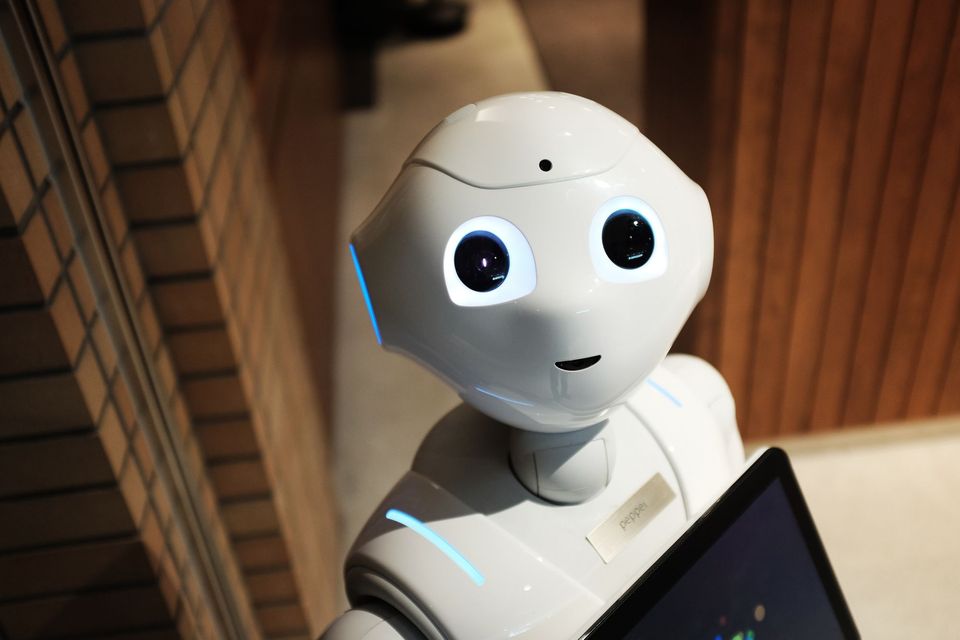Has everyone gone chatbot crazy?

Has everyone gone chatbot crazy? Large language models have taken the (tech) world by storm, and all of a sudden it's 2016 again.
Case in point, more and more, I’m seeing predictions like this one from Amjad Masad (CEO of Replit):
I do understand the allure. This kind of computer-human chat interaction brings to mind a certain kind of optimistic science fiction…the hero asking their AI copilot questions and getting prompt, if a bit sardonic, replies. Luke Skywalker chatting with C-3PO. Tony Stark bantering with Jarvis.
I just don’t buy it.
This prediction imagines a world where these systems will be able to perfectly understand free-form natural language input. But I think what has happened with Stability AI, Midjourney, DALL-E and now chatGPT is more likely. In an effort to get better, more fine-grained results, users will undoubtedly start to “engineer” their prompts. Prompts will get more stylized, with more precise semantics, depending on the domain of the request. And as the prompts get more specific to the domain, they’ll become just another version of “code."
Some users will become fluent in this new coding “language,” as we’ve already seen. Others will default to a hybrid experience…prompting to get 50% of the way there, and manually doing the rest themselves.
And others still will just stop using the text box all together in favor of doing the work themselves. Why? Because the empty text box is…intimidating. It’s the lowest common denominator user experience. It’s where you land as a product when you have no idea what the user will want, so you give them as many degrees of freedom as possible. This is why Google starts with a text box…you can search for anything! But the vast majority of products are much more constrained than Google.
Rather than an “empty text box,” I imagine we will start seeing more “predictive UIs” that stay in the context of the work being done. Here’s an example of what I mean.
Galileo AI is a “copilot for interface design” which can turn natural language into “high-fidelity designs.” In other words, Galileo takes the “empty text box” approach. Give it a simple text description, and Galileo gives you a vector-based design that’s ready for Figma.
Genius, by Diagram, takes a different approach. Genius is an “AI design companion,” but it doesn’t require you to prompt it with natural language. Instead, you just start designing, and Genius jumps in to complete the design alongside you.
The former is undoubtedly incredible, but feels like the parlor trick. Not something you’d use everyday. The latter, on the other hand, folds seamlessly into your day-to-day work as a designer.
By the way, you probably interact with “predictive UIs” every day without even realizing it. Google’s autocomplete in search, Gmail and Google Sheets, for example. We’ve all had little AI copilots helping us out, but they were such a natural part of the user experience, we didn’t even notice!
In sum, I don't think we're entering the second age of chatbots, but I do think we're entering the age of creative copilots...and there will be completely novel, collaborative user experiences to match their newfound, LLM-powered prowess. Yes, sometimes these copilots will use text boxes. Sometimes they'll leverage voice input. And sometimes they'll just watch us work and lend a helping hand when it makes sense. I don't know what they'll look like, but I'm certain they're going to be much more enmeshed in our experience as users than George Lucas or Stan Lee and Larry Lieber ever could have imagined.